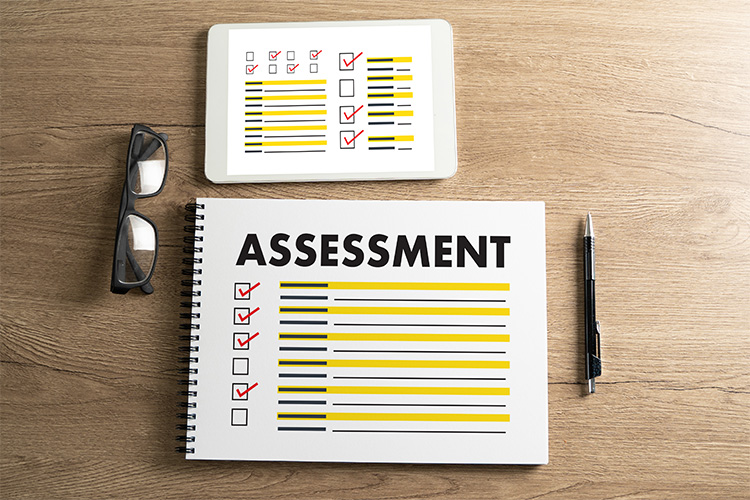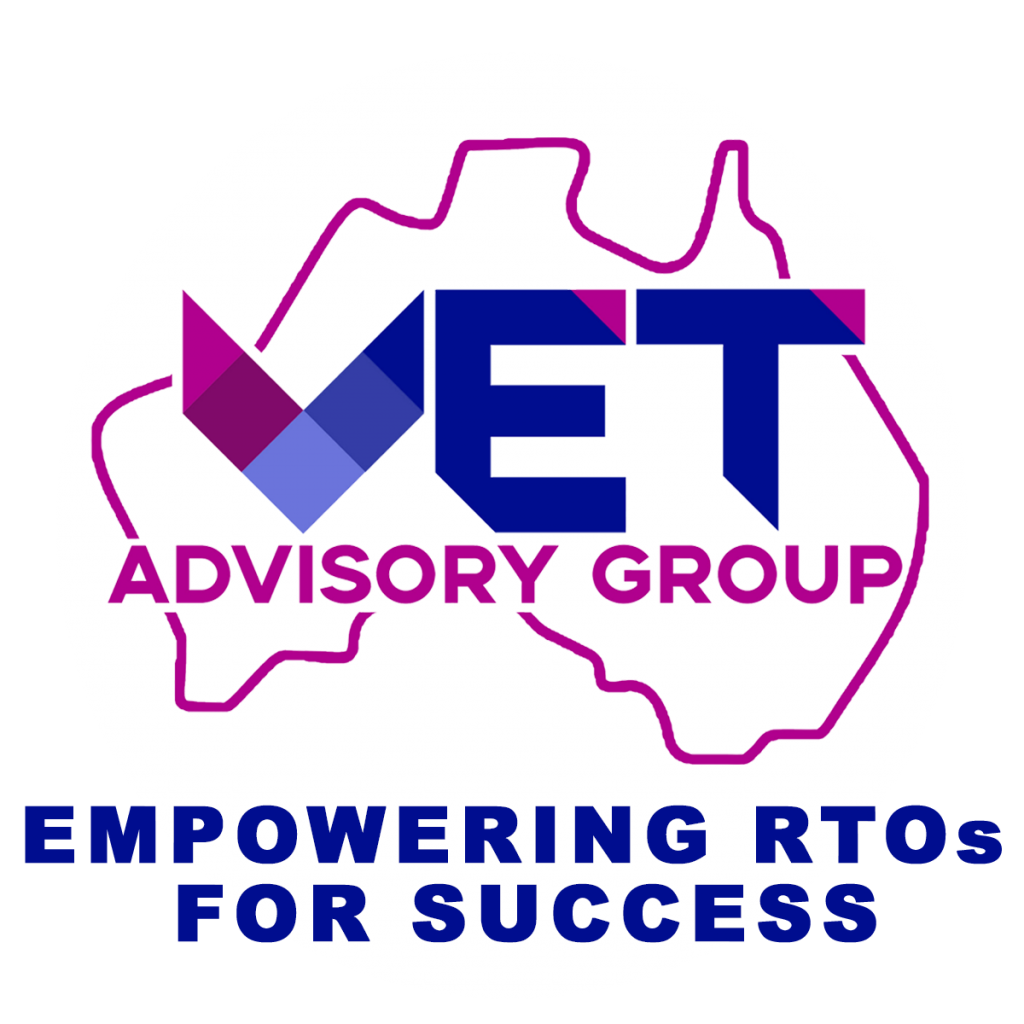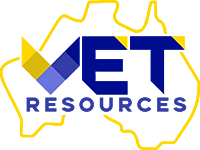
Education institutions, particularly Registered Training Organisations (RTOs), bear a solemn responsibility: to equip learners with skills that empower them to thrive in their chosen fields. The assessment validation process is the guardian of this promise, ensuring that an RTO’s assessment system stands as a beacon of accuracy and fairness.
At its core, the assessment validation process is a meticulous journey, a journey that strives to create a bridge between the learning outcomes outlined in a unit of competency and the tools used to measure those outcomes. Picture a tapestry where each thread symbolises a specific task identified in a curriculum, interwoven with the evidence laid out in associated assessment requirements. The process ensures that learners are evaluated against every thread, that no aspect of their progress is left unexamined.
The process of assessment validation guarantees that an RTO’s assessment system consistently generates accurate assessment judgments. This ensures that learners are evaluated against all tasks specified in a unit of competency, aligning with the evidence stipulated in the associated assessment requirements. Typically, this occurs post-assessment, allowing the training organisation to assess the validity of both assessment procedures and judgments.
The significance of assessment validation cannot be overstated for RTOs. However, many find themselves encountering challenges and are often taken aback when auditors specialising in assessment identify a multitude of issues during inspections.






